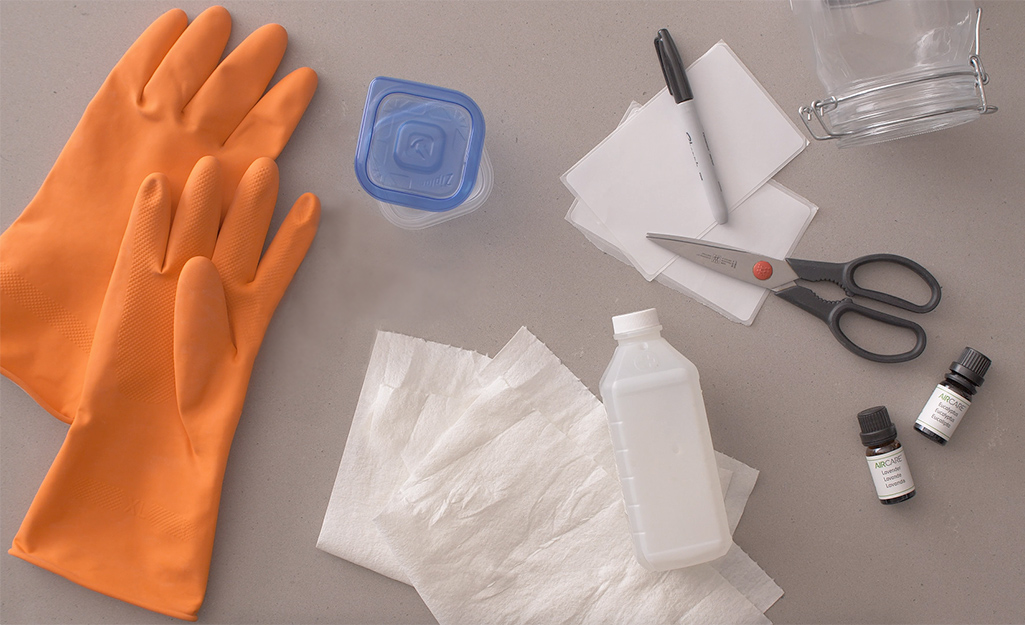
But drips can be cleaned up, and you can wear old clothes or an apron for protection.Ĭleanliness can’t be the only reason for brushing, however. It’s cleaner to brush than to wipe with a cloth that drips onto the floor and even onto your clothes if you aren’t careful. I can think of only two reasons woodworkers brush rather than wipe stain onto their projects: cleanliness and the Minwax television ad. To be safe, always drape oil-stain-soaked rags over a trash can or other object to dry out and harden before disposing them. Modern VOC laws have led some stain manufacturers to replace solvent with oil, sometimes linseed oil, which can spontaneously combust. The additional stain will dissolve what is there.) Why People Brush (If you find yourself with some dried patches of stain, quickly apply more stain, maybe to smaller areas at a time, and work faster to get the excess removed. Attempting to brush one of these fast drying stains onto a large surface is a sure ticket for uneven coloring.

You can do the same, of course, by getting a friend to follow after you apply.īut you still wouldn’t brush on the stain. Professionals typically apply lacquer stains onto large surfaces such as kitchen cabinets by having one or two employees following right behind the application person wiping off the excess stain with large cloths. Again, they dry much faster in warm temperatures. This can happen very rapidly in hot temperatures.ĭye stains (for example, Lockwood, Moser, TransTint and Solar-Lux) dry as quickly as the dye solvent, usually water, alcohol or acetone, evaporates. Water-based stains (all stains that list water for clean-up) dry hard as quickly as the water evaporates. But some use water-based stains, some use dye stains and many professionals use lacquer stains. Most woodworkers use oil-based stains, which dry so slowly it’s rare to have wipe-off problems. If the tiny squares lift with the tape, the bond is poor. If the cut lines remain fairly clean, the bond is good. Press masking tape over the cuts and lift it quickly. The way to test for good adhesion is to score the stain and finish (on scrap) with a razor blade in a cross-hatch pattern with the cuts about 1⁄16″ apart. Brushing a stain thick, as is shown in the Minwax television ad, and not wiping off the excess, leads to a poor bond. I almost always used, and continue to use, a very wet cloth. And I rarely used a spray gun because of the time involved cleaning the gun. In 20 years of refinishing old furniture, most of which required staining, I don’t remember ever using a brush to apply a stain. You can get stain everywhere with a cloth as long as it is soaking wet. If this is your problem, you can solve it by having a cheap throwaway brush or sponge brush handy to quickly work the stain into the hard-to-get-to places.īut a brush is unnecessary. I’ve noticed that many woodworkers resist getting their cloth wet enough so the stain flows into recessed areas. To use a cloth (or a sponge) successfully requires getting it very wet. Brushing can be more efficient for getting stain into inside corners and other recessed areas. You can always use a brush to help do this. If you don’t get your cloth wet enough with stain, you’ll have trouble getting the stain into recesses. All other stains, including water-based, lacquer and all the dye stains, dry too rapidly to allow time to both brush on and get wiped off of large surfaces before the stain begins drying. I just don’t see why anyone would do it, especially on large surfaces, and even more especially, when using any stain other than a slow drying oil-based stain.

Wiping is also every bit as effective in all situations except possibly into recesses such as inside corners, fluting, deep carvings and the like.ĭon’t get me wrong. Wiping is fast, almost as fast as spraying (without the downside of having to clean the spray gun). The purpose of this article is to emphasize what I’ve said in passing many times in this column: It’s much more efficient to wipe stain onto wood with a rag than to brush it. Wiping is the efficient way to apply stain. Notice on this stereo cabinet, which was made without a back, I’m not having any problem getting the stain into the inside corners. The most efficient method of applying stain is to wipe it on using a soaking-wet cloth.


 0 kommentar(er)
0 kommentar(er)
